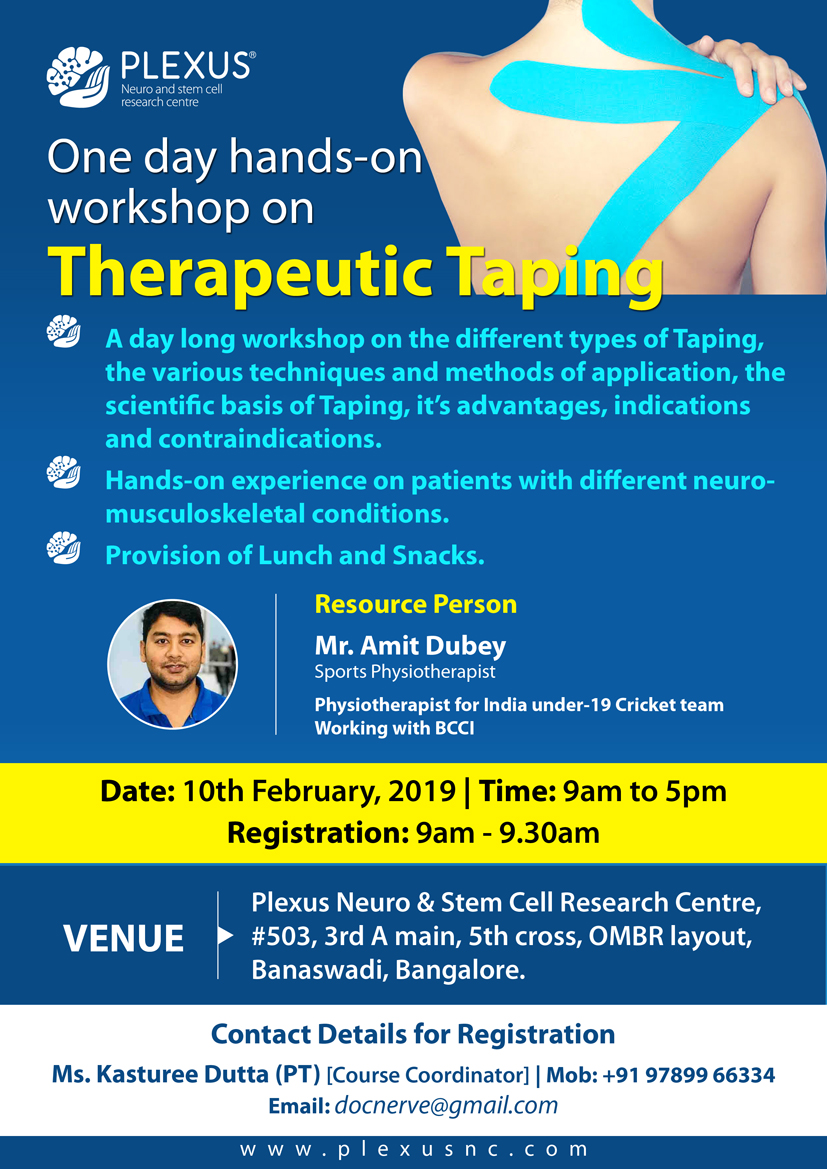
Swallowing is something we do every day without thinking—until it becomes difficult. For individuals with dysphagia (swallowing difficulties), even simple tasks like drinking water or eating soft foods can be a challenge. A weakened tongue is often a key factor in these difficulties, as it plays a major role in controlling food and liquid movement through the mouth and throat.
The good news? Tongue-strengthening exercises can significantly improve swallowing function, making eating and drinking safer and easier. In this article, we’ll explore the best swallowing exercises for dysphagia, oral motor exercises, and practical ways to incorporate them into daily life.
Understanding Dysphagia and Why Swallowing Exercises Matter
Dysphagia occurs when the muscles involved in swallowing become weak or uncoordinated. This can happen due to neurological conditions, stroke, aging, or surgery. A weak tongue can make it difficult to move food efficiently through the mouth, leading to choking, aspiration (food entering the airway), and malnutrition.
Strengthening the tongue and surrounding muscles through oral motor exercises can help:
- Improve swallowing coordination
- Increase tongue control and endurance
- Reduce the risk of choking and aspiration
- Enhance overall swallowing efficiency
Dysphagia rehabilitation is not a one-size-fits-all process, but targeted swallowing exercises can make a big difference in regaining strength and confidence in eating.
Best Swallowing Exercises for Dysphagia Recovery
1. Tongue Press Exercise
How it helps: Strengthens tongue muscles to push food effectively.
How to do it:
- Press the tip of your tongue firmly against the roof of your mouth.
- Hold for 3-5 seconds and relax.
- Repeat 10 times per session
2. Tongue Resistance Exercise
How it helps: Improves tongue strength and endurance.
How to do it:
- Place a spoon or tongue depressor against your tongue.
- Press your tongue against the resistance and hold for 3-5 seconds.
- Repeat 10 times.
3. Masako Maneuver (Tongue Hold Exercise)
How it helps: Enhances swallowing coordination and tongue control.
How to do it:
- Stick out your tongue and hold it lightly between your teeth.
- Swallow without pulling your tongue back.
- Repeat 5-10 times.
4. Effortful Swallow Exercise
How it helps: Strengthens throat muscles and improves swallowing effort.
How to do it:
- Take a sip of water or saliva.
- Swallow as forcefully as possible.
- Repeat 5-10 times.
5. Lip and Jaw Strengthening
How it helps: Supports overall swallowing function.
How to do it:
- Purse your lips and hold for 5 seconds.
- Open and close your jaw slowly, holding each position for 5 seconds.
- Repeat 10 times.
These exercises should be performed consistently and under professional guidance for best results.
Oral Motor Exercises to Improve Swallowing Function
In addition to tongue-strengthening exercises, oral motor exercises can improve muscle coordination and control.
- Cheek Puff Exercise: Puff out your cheeks and hold for 5 seconds, then release. Improves cheek muscle strength for better food control.
- Straw Sips: Drink thick liquids (like smoothies) through a straw to strengthen tongue and lip muscles.
- Soft Gum Chewing: If safe, chewing gum can help improve jaw and tongue coordination.
Consistency is key—daily practice leads to better swallowing function over time.
How to Incorporate Swallowing Exercises into Your Daily Routine
Making swallowing therapy part of your daily routine increases the likelihood of improvement.
- Set reminders – Practice exercises before meals or at fixed times each day.
- Combine with meals – Perform tongue exercises before eating to activate swallowing muscles.
- Use a mirror – Watching yourself perform exercises ensures proper technique.
- Track progress – Keep a simple journal to note improvements in swallowing strength.
Common Mistakes to Avoid When Doing Swallowing Exercises
While these exercises are effective, doing them incorrectly can slow progress.
- Not using enough effort – Exercises should be done with controlled force for best results.
- Inconsistent practice – Irregular sessions lead to slower improvements.
- Skipping professional guidance – A Speech-Language Pathologist (SLP) can help correct technique and track progress.
- Rushing through exercises – Doing them too quickly reduces effectiveness.
Avoid these mistakes to get the best possible results from your swallowing therapy.
Improvement may be gradual, but consistent effort leads to progress.
- Less coughing or choking while eating
- Increased tongue strength and control
- Ability to consume a wider range of foods
- Improved ease of swallowing liquids
At Plexus Neuro Centre, we offer personalized swallowing therapy for individuals recovering from dysphagia. Our team provides expert guidance, customized exercises, and advanced rehabilitation strategies to help improve swallowing function safely and effectively.
WhatsApp: +91 89048 42087
+91 78159 64668 (Hyderabad) | +91 93555 33404 (Bangalore)
FAQ’s
1. What are the best swallowing exercises for dysphagia?
Some of the most effective exercises include the Tongue Press, Effortful Swallow, Masako Maneuver, and Resistance Exercises. These strengthen the tongue and throat muscles for better swallowing.
2. How often should I do tongue-strengthening exercises?
Most exercises should be done at least twice a day, with 10-15 repetitions per session. Your therapist may adjust the frequency based on progress.
3. Can these exercises completely cure dysphagia?
While exercises can significantly improve swallowing, full recovery depends on the severity of dysphagia and underlying causes. Therapy helps manage symptoms and enhance swallowing ability.
4. Are swallowing exercises safe for all age groups?
Yes, but they should be done under professional supervision, especially for children or elderly individuals with neurological conditions.
5. How long does it take to see results from swallowing therapy?
Improvement varies, but many people notice positive changes within a few weeks of consistent therapy. Long-term commitment leads to better outcomes.










